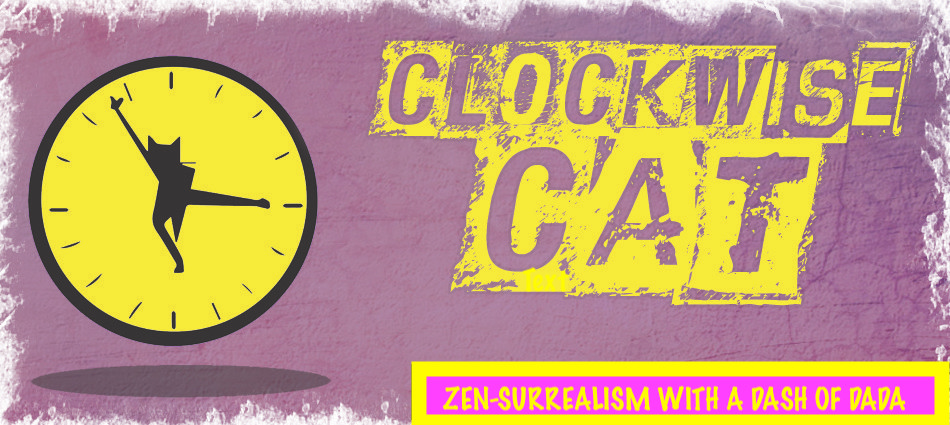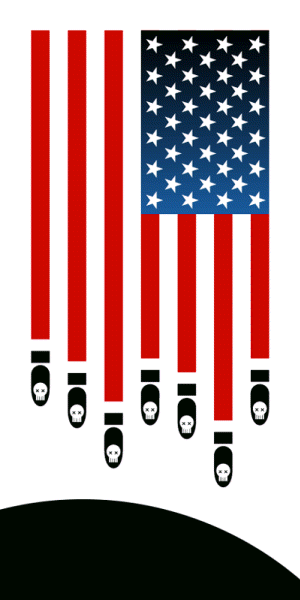
SCRIBEWISE CAT: TENEBRAED TO HELLER: MR. LEVINSON’S HINGE THEORY EXPANDS AND COMPLEXIFIES

Heller Levinson’s philosophy of poetics is something that can only be described as “accessibly elusive.” Or is that “elusively accessible”? Either way, this paradox encapsulates Heller’s approach, which on the surface seems overly cerebral but in actuality is intuitively ascertainable. His is a paragon of experimental verse, aloof and excessively premised on the tenets of logos … and yet, at its core, his Hinge Theory and the execution thereof (via his verse) have a playful pathos. Heller may or may not agree with this interpretation, but the way I read his poetry, there is a palpable sense of fierce ebullience, of good old fashioned frenzied FUN.
Heller’s Hinge Theory is both rigid and unhinged. Words “hinge” on other words, but then the associations they spawn lead to an unhinged spewing of ideas, that nonetheless circle back to the original idea. Sometimes the associations are overtly obvious (“belly-full. belly-ache”) and sometimes they are much less explicit. As I said, you can intuitively grasp his process, but try to lucidly explicate it – good luck.
In his latest collection, Tenebraed (Black Widow Press), Heller takes the Latin word, “tenebrae,” signifying darkness, and mutates it into a verb, then welds it to a noun or concept in order to invert that idea’s connotations and turn the entire enterprise inside out. Or something like that. (As I said, his poetry and philosophy are accessible yet elusive, meaning that I get it, but then I don’t. As soon as I think I have it, I have to backtrack. For in order to truly know something, you have to be able to capably explain it. In this case, it remains to be seen whether I have done so.)
Tenebrae, in Heller’s poetic universe, is the opposite of darkness, despite its original meaning. Or, rather, it is a probing of the facets of darkness in order to irradiate: “…exploring underbellies, hidden contours, liberating the undisclosed…” (page 13). In Heller’s conception of the world, what merits illumination most are the obscure, the arcane, the veiled, the shadow-dwelling…
How this latest articulation of Hinge Theory works goes something like this: Words are “imported” from other contexts, where they have already established their own legitimacy, and they serve to embellish their new contexts. The words themselves are infused with novel dimensions (they “Bloom from their Immersions in Additional Communities” (page 15) ), and the new context benefits and thrives, as well. Exports, too, exist – those are the words that “vault” from one territory to another, and become the “Subject Scrutinized” (page 16). Mining is the final component of this multi-tiered theory, and yet…shouldn’t it be the first? Mining is what occurs when one context/application is “consulted to enrich” the context “currently being investigated.” (page 16).
This whole theory is an exercise in slyly subverting linguistic stagnation: “The lexiconically Static is a Logos Abuser,” Heller proclaims. Lexicons are intrinsically dynamic, and lexiconic vigor relies on savvy manipulation of diction and syntax, which in turn affects semantics. Hence, Hinge Theory.
(Honestly, I find the whole theory adorably brilliant – somewhat Dickinsonian in its quaint but stern intellectuality, and somewhat Seussian in its whimsical erudition. It may be a reflection of my own poetic ethos that I locate a tenor of humor in it, but I do think deep down, Heller is also an astute scholar of the absurd.)
The poems themselves can be overwhelming for a first-time reader, situated as they are at the far end of the experimental spectrum, with all the implications thereof of coldly cubist, robustly rational but soullessly mechanical. But, as I have already made clear, a patient reader will see beyond that deceptive surface, and come to bask in the wonderful wilderness of the Levinson Vernacular. These are not mere modern hieroglyphics. This is language re-imagined – deconstructed, re-constructed, re-deconstructed, and so forth.
But now, alas, the poems. How does one even choose which poems to zoom in on? From one perspective, they are a big beautiful tangled mass, in need of careful unraveling. But that’s for mathematical minds. My mind is fueled more by intuition and instinct, so I will focus on five poems that I believe are emblematic of my own (dubious?) discernment of Hinge Theory’s logos-pathos dichotomy. I won’t exactly explicate them, because that’s a daunting exercise if there ever was one – and finally, an unnecessary one, a violation of their integrity.
We start on page 20: “tenebraed to a Faded Aristocracy.” The first part of the poem is a paragraph that stutters in succinct spurts : “louche carom. souse soliloquy. gongs. curtains. unravel … blanche. bastion. bulldog.” The second part of the poem, however, begins to flow down the page, though it keeps true to its laconic core:
“fraught
fought
smatter
the finger
smithereens”
The humor harbored within this poem occurs in the way the lines in the first part are minimalistic and sharply punctuated, and how they contrast on the page with the free falling words that are also jolting for their terseness. The vacillation between abstract language and more concrete imagery, too, creates a tense tango between the reason/emotion polarities.
Moving right along to page 27, we encounter “tenebraed to an Enameled Latency,” in which we have a compact capture of Hinge Theory in action. Here, “collapsed vernaculars” exist in hives, and are recklessly “wracked.” Indeed, one could say that this piece of verse is Hinge Theory in poetic code. The “mantis of jeopardy,” upon kissing an oblong (of course), “trawls pearls of dismissal across confiscated skies.” Perhaps these pearls are the fruits of the mining/importing/exporting process, and the skies are the origins – the territories mined – of the pearls? The mind giddily celebrates the possible permutations and infinite interpretations offered up in a Heller omni-verse.
“tenebraed to black,” on page 38, is the ying to the previous poem’s yang. Not only is it four and a half pages long, but it furiously hurls forth, paying homage to the color black (‘black is color’s barometer”), with manic meditations on this misunderstood hue, interspersing quotations from Rimbaud, Wittgenstein, Klee, wildly weaving in italicized quasi-narratives, and splattering a stream of subconscious associations across the page like Pollack paint, becoming just as layered and dense: “mournful melancholic cape swaggering juju broth admissible annihilative churly warren-breasted perfume…” Black is “infinity’s gangplank,” it turns out, whose “smoke cinder ash” lead to “geometric meltdown.”
After recovering from this frenzied romp, we retreat to the poem on page 44, which, it must be said, offers only slight respite from the madman rantings on page 38. Here, “tenebraed to nothing” is a trippy tribute to emptiness, “to the not that is not.” It is “cancellation’s triumph,” and, sadly, “it was being void of wind to wind up with.” Of course, “being and nothingness” is referenced, as it features the “ineptitude of exactitude.” Heller wonders: “does nothing have color,” as if to allude back to the previous poem scrutinized. The rest of the poem seems to ponder the substance of nothing, oxymoronically.
(This poem was perhaps my favorite to scrutinize, as I literally laughed out loud during certain moments, solidifying my suspicion that Heller is an astute student of the seriously silly and the sillily serious).
Finally, we arrive toward the end of the collection, where we happen upon “Tenebraed to encroach,” which honors the variegated ways of trespassing (“succor seduce invoke inroad penetrate insert”), ending up, ironically, in an area of “dialectic omission.”
In this collection, where contexts are mined for import material which, as it become exported, enriches new contexts, Heller Levinson has managed to embed pathos inside of logos, twining concepts considered by dulled minds to be dualistic in nature, when in fact, they are clearly like Russian dolls, situated inside of each other.
Someone once called Heller’s verse “post-poetry.” I am not sure I agree with this assessment, but I am not sure I disagree with it either. Is Heller’s Hinge Theory one that advances modern poetics, or is it a tool in transcending it? Time will tell, but one thing is for sure right now: Heller Levinson writes compelling pieces – that is, they are tenebraed to compel.

